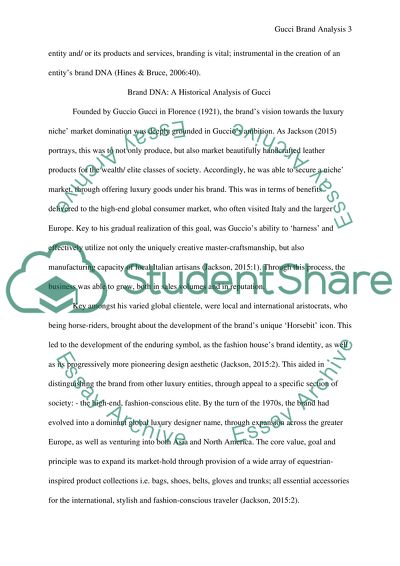Cite this document
(“Gucci case study Essay Example | Topics and Well Written Essays - 2500 words”, n.d.)
Retrieved de https://studentshare.org/marketing/1681229-gucci-case-study
Retrieved de https://studentshare.org/marketing/1681229-gucci-case-study
(Gucci Case Study Essay Example | Topics and Well Written Essays - 2500 Words)
https://studentshare.org/marketing/1681229-gucci-case-study.
https://studentshare.org/marketing/1681229-gucci-case-study.
“Gucci Case Study Essay Example | Topics and Well Written Essays - 2500 Words”, n.d. https://studentshare.org/marketing/1681229-gucci-case-study.


